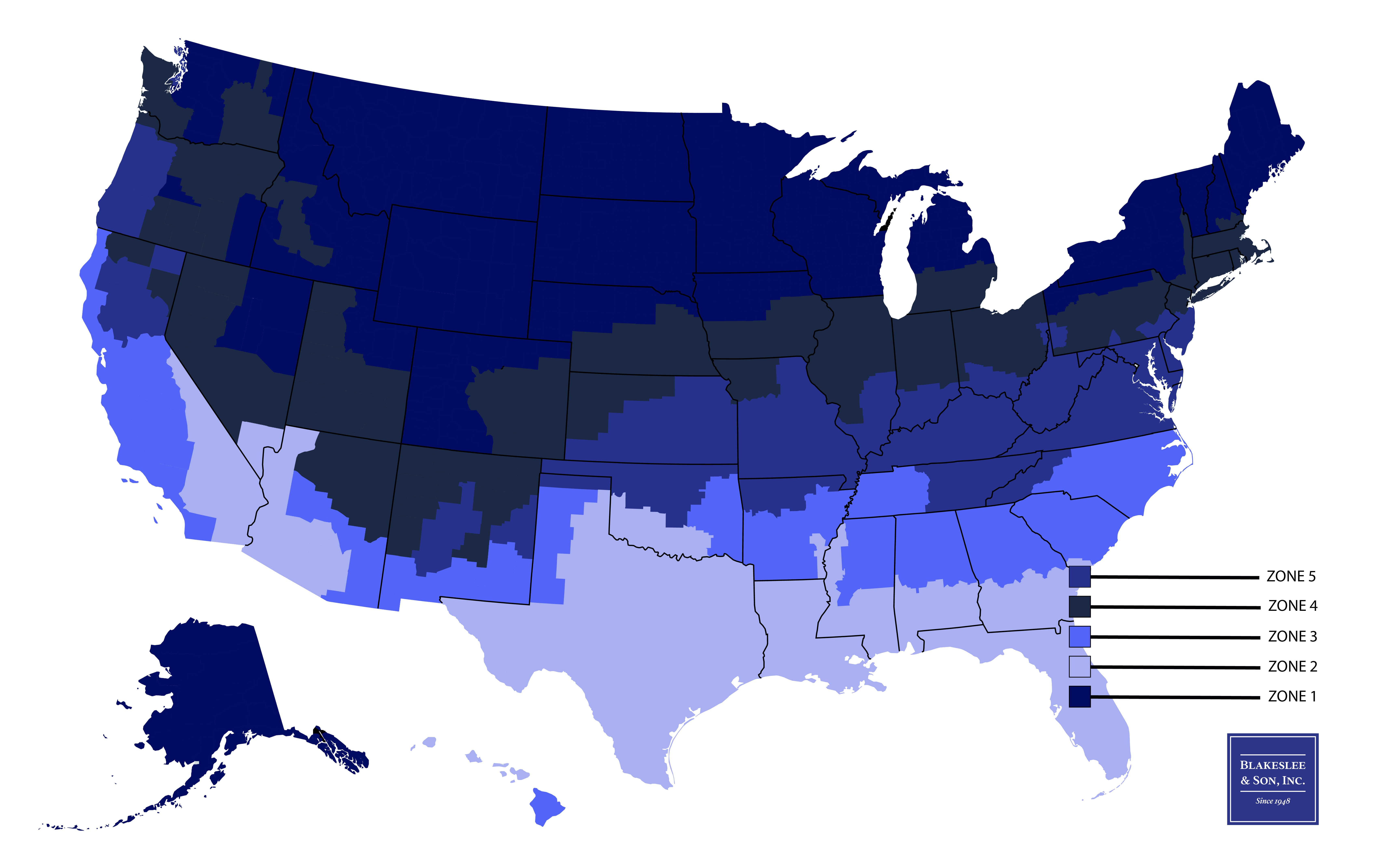How do you know where to begin when looking for a new furnace? There’s a lot to know and to look for. We’re here to help. Picking the right furnace for your home is an essential step in ensuring that come winter, your home stays warm and comfortable. The size and layout of your home, the region you live in, and your budget are all important factors in determining the right furnace for you.
Guide to Furnace Sizing
One might think that picking out a furnace is a rather simple task, unfortunately furnaces are not one-size-fits-all. Furnaces are measured in BTUs (or British thermal units), which reflect the amount of heat that a furnace can produce in an hour. The higher the BTU rating, the more warmth it can provide to your home.
But this isn’t where your calculation stops, you’ll also need to take into account:
- The layout of your home
- Your existing ductwork
- Furnace fuel sources
- Furnace efficiency
- Your budget
A furnace that is larger (has too high of a BTU rating) or smaller (has too low of a BTU rating) than needed for your home will not operate as it should and you won’t get what you paid for out of your investment.
How to Find the Right Size Furnace for Your Home
You can calculate the size of the furnace you will need using this formula:
Square footage of home x Heating factor for your climate zone = BTUs required to heat your home
Step 1 – Finding Square Footage of Home
Finding the square footage of your home should be relatively easy. You will most likely be able to find this number on your closing documents, blueprints, or somewhere on the original listing or appraisal for your home. If you cannot find this information, you can measure the square footage of each of your rooms (square footage = length of room x width of room) and add them all together to find the total square footage of your home that needs to be heated.
Step 2 – Finding your Climate Zone
The United States is broken down into five climate zones. Each of these zones requires a certain number of BTUs per square foot to heat effectively.
Find your BTU using this Climate Zone map below!








